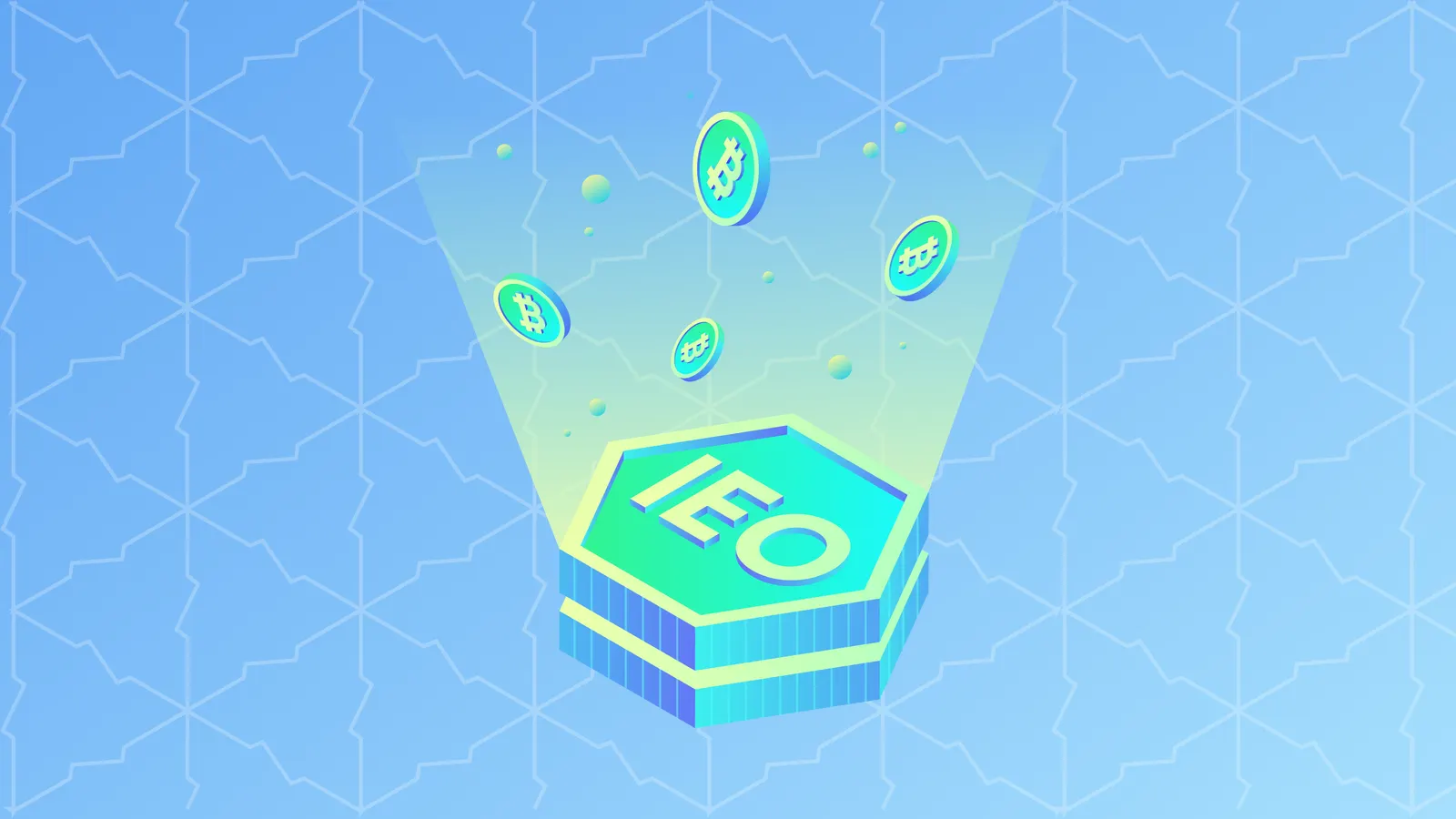The ICOhas been king of fundraising for crypto projects for years. But its days are numbered. Thanks to regulators, particularly those in the United States, who felt the funding method skirted around the normal requirements for selling a security, they have come down hard on the ICO. But, while one funding mechanism is on the out, a slew of others have sprung up in its place. One of those is the initial exchange offering.
We explore what IEOs are, who is using them and the pros and cons of this latest funding tool.
What is an Initial Exchange Offering?
An Initial Exchange Offering or IEO is an evolution of the Initial Coin Offering or ICO. While anyone in the world is able to start and participate in an ICO, the IEO is more restricted. In an IEO, a
centralized exchange serves as a platform for a project’s initial sale of tokens.
This small, but significant difference between ICOs and IEOs means that exchanges act as inspectors, curators, and gatekeepers for projects that want to sell their tokens to the public. Having an exchange serve as a mediator between the token buyer and token seller should, ideally, cut down on the rampant fraud and scams that plagued ICOs in the past.
There are other forms of crypto crowdfunding that Decrypt has covered in addition to the ICO such as the Security Token Offering or STO and the token generation event, but for simplicity’s sake, we will focus on comparing the IEO to the ICO in this article. What all these initial offerings have in common is that they create a set number of crypto assets in the form of a token or coin to sell to the public, usually at a fixed price. The IEO is unique because the sale of these initial tokens is managed by an existing crypto asset exchange instead of directly by the project team.
Did you know?
Ethereum is by far the most commonly used platform for launching ICOs. The vast majority of value generated by ICOs has been built on the Ethereum network.
Who Invented the Initial Exchange Offering?
The first major exchange to offer the IEO and popularize the practice was Binance through their IEO platform called Binance Launchpad. However, even Binance’s founder, Changpeng Zhao (aka CZ), admits that they did not invent the concept or the term and were inspired by “centralized ICO” websites that were popular in 2017.
A brief history
- June 2017, the amount of money raised by ICOs surpassed angel and seed venture capital funding for the first time.
- February 2018, the United States Securities and Exchange Commission (SEC) start sending subpoenas to teams behind ICOs believed to be fraudulent or unlawful, signaling the end of the ICO craze.
- January 2019, Binance launches their first IEO, the sale of BitTorrent Tokens (BTT), which sold out in less than 15 minutes and raised over $7.1 million.
Did you know?
Of the highest funded crowdfunding projects in history, ICOs dominate; occupying 17 of the top 20 positions including the three highest-funded projects.
What’s so special about it?
The IEO is an attempt to revive the success of the highly effective funding mechanism of ICO’s but with more constraint and higher standards.
Initial Exchange Offering Advantages
- More legitimacy because projects are vetted by an outside party, which should reduce the chances of a project being an outright fraud or scam.
- Faster, more streamlined experience for both IEO project teams and participants.
- Marketing to an exchange’s existing user base gives the IEO project more exposure to a wider audience.
- Sharing of legal resources, structure, and guidance from established exchanges to project teams
What else is different?
The IEO is managed by a central authority, the exchange, which can be seen as counter to the peer-to-peer and decentralized principles on which blockchain technologies were founded on.
Initial Exchange Offering Disadvantages
- Exchanges take fees because they provide services such as a trading platform, legitimacy, marketing, advising, and legal protection.
- Exchanges are able to list or delist a project anytime they want.
- Participants are limited to those who are willing to register on the exchange whereas ICO participants are completely unrestricted.
How are IEOs created?
Any blockchain project team that wants to raise funding in exchange for tokens can apply to an exchange that has an IEO platform. Popular exchanges that are currently running IEOs are Huobi and Binance. Each platform has its own review process, requirements, and fees.
How do you participate in an IEO?
All exchanges that are offering IEOs require you to register or create an account on their platform. Exchanges also will require users to complete Know-Your-Customer (KYC) account verification before participating in an IEO. Finally, many exchanges require you to use their own native tokens in order to participate. For example, Binance requires users to use the Binance coin (BNB) and Huobi requires users to use Huobi Token (HT) in order to purchase tokens during an IEO.
What can you do with an IEO?
Once you are registered, verified, and have the platform tokens, you are ready to purchase crypto assets through an Initial Exchange Offering. Binance allows users to purchase tokens on a “first-come, first-served” basis until the initial supply runs out. Huobi requires users to hold their Huobi Token (HT) for a certain amount of time so that the more HT you hold, then more IEO tokens you can purchase. Once the sale is over, you can freely trade your newly acquired tokens on the same exchange.
The Future
IEOs are either another hot crypto fad or a sign that the ecosystem is maturing. Let’s hope that it’s the latter, and the industry is developing desperately needed improvements in standards and user experience that will bring on a new wave of investor and consumer interest.


